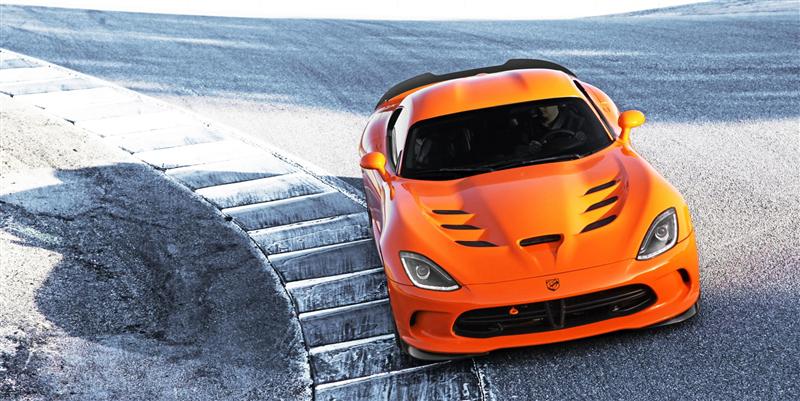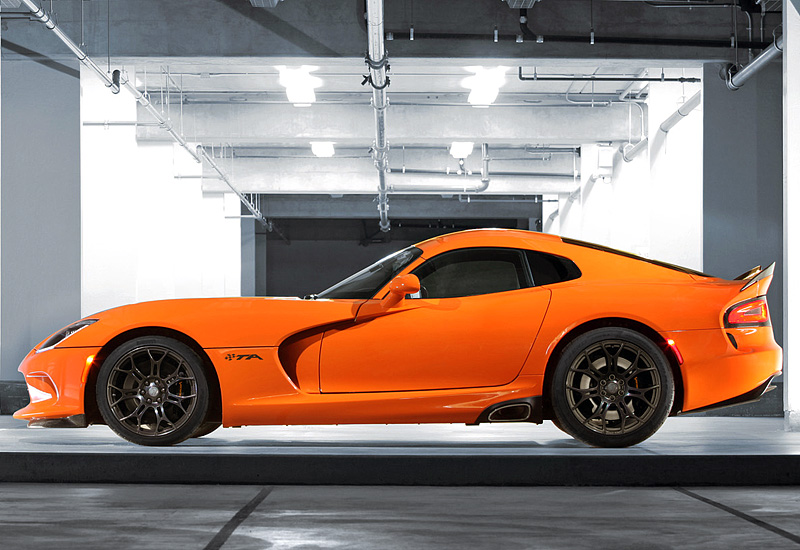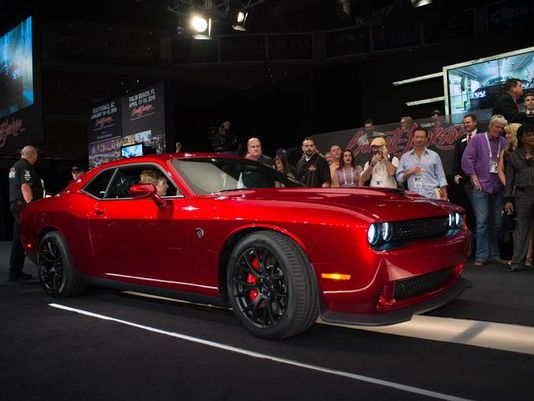
A headlight is just a headlight, right? At one time this may have been true, but today there are three main options for manufacturers and auto buyers to choose from. Headlamp technology has evolved over the years, but does newer always mean better? I guess it depends on what you’re looking for in a headlight.
The first up is the trusty, time-tested halogen headlamp. Most vehicles on the road today are using halogen lights. This is the oldest of the three options found on new vehicles, but it’s still widely used today because it’s primary advantage is longevity and cost. Under normal conditions, a halogen bulb will last about 1,000 hours and the replacement lamps are usually inexpensive to replace. So why not use them in everything? Halogen isn’t exactly the best example of efficiency. Lots of the energy used by a halogen lamp is turned into heat and is just wasted. If you’re driving an electric car or a hybrid, you can’t afford to be wasting your power in the form of throw-away heat. One thing to remember when changing a halogen bulb is to not touch the glass with your fingers. By wearing gloves, you can keep the salt from the moisture in your skin away from the glass. These salts can compromise the way the glass will resist the high temperatures created by the filament.
Halogen Advantages: – Long life – Bright illumination – Inexpensive replacements
Halogen Disadvantages: – Energy wasting – Extra care when handling
Next up is the Xenon headlight, or the HID (High Intensity Discharge) headlamp. These are generally regarded as a more efficient solution because they generate more light and have a better color temperature (to the naked eye, they appear to have a blue tint). These lamps can generate more than twice the light of a traditional halogen lamp. More light is a good thing, right? If you’re driving with HID lamps, yes. If you’re the oncoming traffic, not so much. For all the light they generate, an HID lamp should last about 2000 hours under normal conditions. These lamps do cost a little more to produce, install, and replace. Another thing to consider is that some of the Xenon lamps may contain toxic substances like mercury.
HID Advantages: – A longer lifetime than halogen lamps – More efficient than halogen lamps – Better visibility for the driver
HID Disadvantages: – Lots of glare for other drivers – All around higher costs than halogen – Harmful materials MAY be found in the lamps
The third major type of headlight used today is the LED, or Light Emitting Diode. These lamps are certainly a leap forward in technology, but they still have a ways to go. Don’t get me wrong- this type of light still has plenty of advantages and it could take over the headlamp world in a few years. These lamps need very low power to work, which is why they are the lamp of choice in electric and hybrid vehicles where electricity is a premium commodity. Also, an LED lamp is usually pretty small compared to a traditional headlamp, allowing manufacturers to produce all kinds of shapes and configurations that wouldn’t have been possible with the older headlights. Although these don’t create the heat that the other lamps do, there is still a certain amount of heat created at the base of the emitter. This hot-spot does create a potential risk for nearby assemblies and cables. This is the primary reason that these lamps aren’t used more frequently. Currently, production costs are pretty high for LED’s, and they mostly offered as options.
LED Advantages: – Very low energy consumption – Small size allowing for different configurations
LED Disadvantages: – High production costs – Not the brightest – Could cause heat damage to nearby assemblies
So how well does your car see in the dark? Come see the experts at the Woody’s Automotive Group today!












